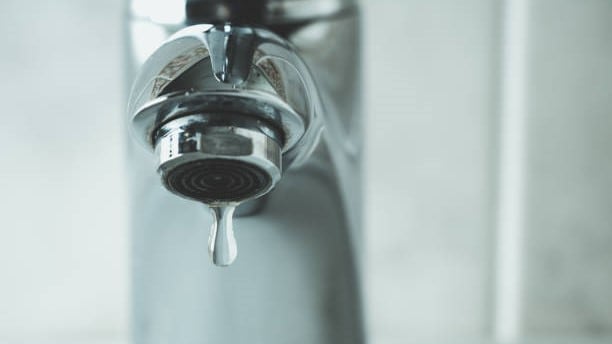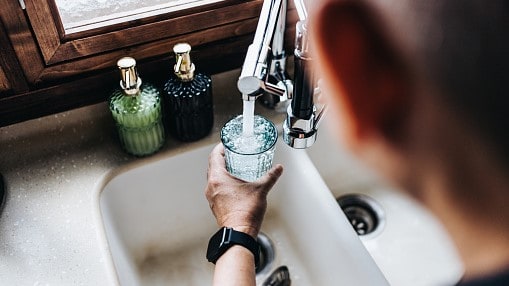Key points
- Recycled water (also called reused or reclaimed water) is water that has already been used—for example from sinks or showers—and then is cleaned (treated) so it can be reused for other purposes, such as for drinking.
- No matter how dirty water starts out, it can be treated to make it safe to drink.
- Water utilities must make sure recycled water meant for drinking meets drinking water regulations.

Overview
Water that has already been used can be treated and reused for a variety of purposes—for example, for drinking, watering plants, or firefighting.
Communities are using recycled water to better prepare for local climate change impacts, such as water shortages and floods. For example, recycled water can be a steady source of water during droughts.
How recycled water is treated will depend on the initial quality of the original source water and how the water will be used. In the United States, water utilities must treat tap water to meet federal drinking water regulations no matter the source.

All water has been used before
How it works: Treating recycled water for drinking
Recycled water is purified during several treatment steps to make it safe to drink:
- A wastewater treatment plant removes trash, many harmful germs, and solids from the water.
- Next, an advanced water treatment plant removes additional germs and harmful chemicals.
- Then, a drinking water treatment plant treats and disinfects the water.
- Finally, the treatment plant staff tests the water to make sure it meets federal and state drinking water regulations before they pipe it to homes and businesses.

Recycled water must meet water quality regulations
Recycled water that is used for drinking must meet the same water quality regulations as drinking water from any other source. For example, recycled water must meet existing federal regulations for limits of germs and chemicals in drinking water.
Find your state's rules
What the research shows
Safety of recycled water for drinking
Scientists have studied the health risks of using recycled water for drinking. Through water testing, they have found that recycled water that is adequately treated for drinking is just as safe to drink as treated water from other sources, such as rivers. This is because drinking water treatment methods are very good at removing harmful germs and chemicals that are in the wastewater that is being recycled.
As recycled water is used for drinking in more places, research about recycled water and the methods used to treat this water continue to improve.
Through its National Water Reuse Action Plan, EPA is working with many partners, including CDC, to:
- Provide health and safety information about recycled water
- Advance recycled water best practices
- Better understand the public health and environmental benefits and impacts of recycled water
- Support communities interested in using recycled water systems
